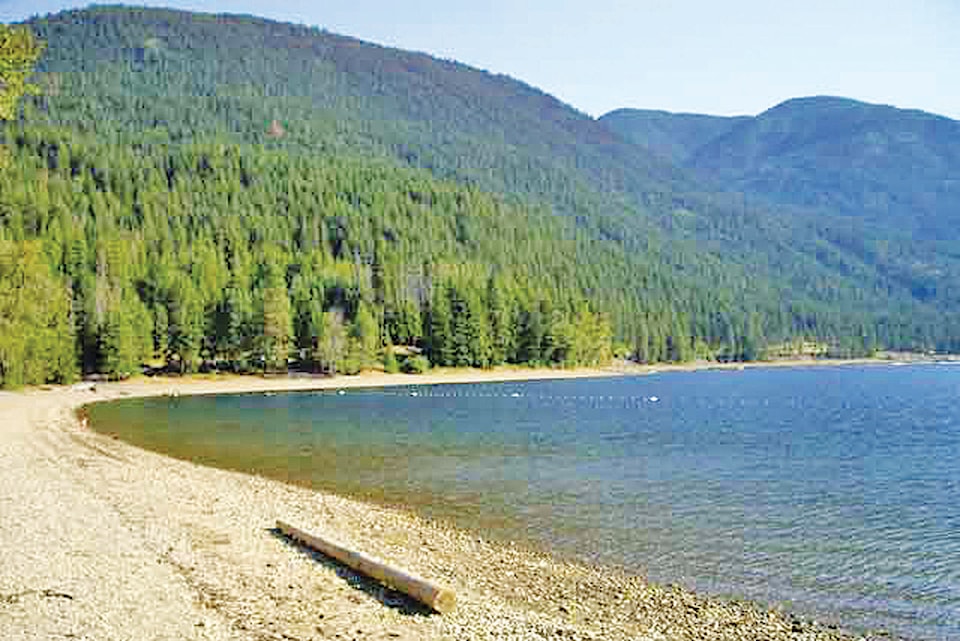Nutrient levels associated with algae blooms were significantly higher at a monitoring station in Tappen than at other sites in the Shuswap watershed in 2018.
According to the annual monitoring report released by the Shuswap Watershed Council, phosphorous levels at the Tappen station peaked in the spring at 0.018 milligrams per litre (mg/L), while the peaks at stations elsewhere in the lake were all below 0.006 mg/L.
Nitrogen levels were similarly elevated, exceeding 0.25 mg/L at the Tappen station compared to peaks of approximately 0.15 mg/L at the stations where nitrogen was the next most prevalent.
Levels of reactive phosphorous, the form of the chemical most likely to result in algae blooms, peaked at just over 0.002 mg/L in the spring at the Tappen station.
The report states that phosphorous and nitrogen levels are important to monitor because they are important to aquatic life. However, when the nutrients reach excessive levels, corresponding algae growth can create odours and reduce the quality of water for drinking and recreation.
Read More: Update: Safe to swim at South Shuswap and Salmon Arm beaches
Read More: Contaminants seeping into Shuswap Lake remains a concern
‘Chlorophyll a’ values, which the report states represents the productivity of algae in the area, were also high at the Tappen monitoring site compared to elsewhere on the lake. The report states algae blooms have the potential to discolour the water and create an unsightly scum; in a worst-case scenario, a bloom can produce toxins harmful to people, pets, livestock and wildlife.
The report states that the higher recorded nutrient values at the Tappen monitoring site are likely the result of elevated levels in the water flowing into the lake from the Salmon River, White Creek and Tappen Creek; it states the results are similar to those reported in earlier years.
The monitoring station located off Fossett just south of where Mara Lake joins Shuswap Lake at the Sicamous Channel also recorded nutrient levels that were appreciably higher than stations elsewhere in the watershed’s lakes. ‘Chlorophyll a’ levels did not see the same elevated state they did in Tappen.
Read More: Researchers to dig deep into bottom of Shuswap’s Mara Lake
Read More: College orders ‘significant’ review of chiropractic treatment in B.C. for kids under 10
Nutrient sources mentioned in the report include: municipal wastewater effluent, septic drain fields, domestic and commercially used fertilizers, such as those in agriculture, horticulture and forestry and agricultural wastes and by-products.
In the report the SWC states that follow-up research in partnership with UBC-Okanagan is underway in order to better understand historic nutrient loads in Mara Lake coming from the Shuswap River. Going forward the SWC states it will also be seeking community partners to test new methods to capture or divert phosphorous from soils so they don’t end up in rivers and lakes.
@SalmonArm
jim.elliot@saobserver.net
Like us on Facebook and follow us on Twitter
